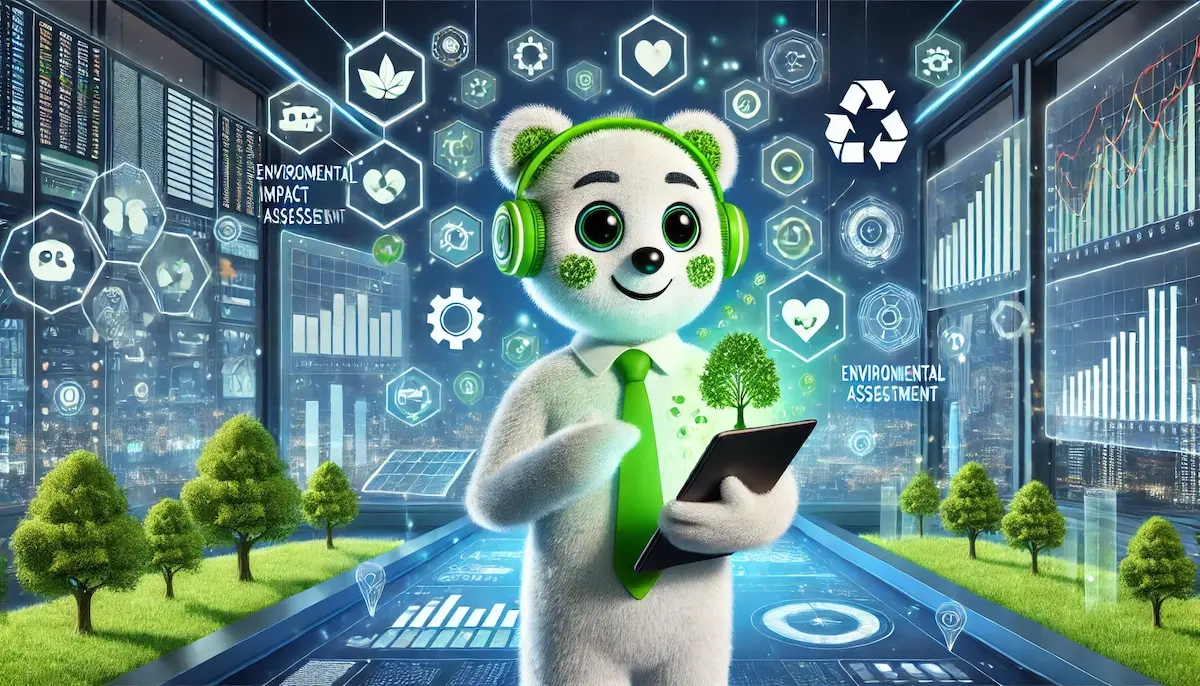Environmental Impact Assessment (EIA) is a systematic process used to evaluate the potential environmental effects of proposed projects or developments before they proceed. This crucial tool helps decision-makers understand the environmental consequences of their actions, ensuring that negative impacts are minimized and positive outcomes are maximized.
What is Environmental Impact Assessment?
An Environmental Impact Assessment (EIA) is a formal process that assesses the potential environmental impacts of a proposed project. It involves a thorough examination of how the project might affect the environment, including the natural, social, and economic aspects. The goal of an EIA is to inform decision-makers and stakeholders about the potential environmental consequences of a project and to propose measures to mitigate any adverse effects.
Steps in the EIA Process
The EIA process typically follows several key steps, ensuring a comprehensive evaluation of the proposed project’s environmental impact.
1. Screening
Screening determines whether a project requires an EIA and the level of assessment needed. This step involves evaluating the project’s size, nature, and potential environmental impact to decide if a detailed EIA is necessary.
2. Scoping
Scoping identifies the key environmental issues and concerns that need to be addressed in the EIA. It involves consulting with stakeholders, including the public, government agencies, and environmental organizations, to determine the scope and focus of the assessment.
3. Baseline Study
A baseline study collects data on the current state of the environment in the project area. This information provides a reference point against which potential impacts can be measured. The baseline study includes data on air and water quality, soil conditions, biodiversity, and socio-economic factors.
4. Impact Assessment
During the impact assessment phase, potential environmental impacts of the proposed project are identified and evaluated. This includes both direct and indirect impacts on the environment. The assessment considers various factors such as air and water pollution, habitat destruction, and social and economic effects.
5. Mitigation Measures
Mitigation measures are strategies proposed to avoid, reduce, or compensate for any adverse environmental impacts identified during the assessment. These measures aim to minimize negative effects and enhance positive outcomes. Examples include pollution control technologies, habitat restoration, and community development programs.
6. Reporting
The findings of the EIA are documented in an Environmental Impact Statement (EIS) or Environmental Impact Report (EIR). This report provides a detailed analysis of the potential impacts and proposed mitigation measures. It serves as a key document for decision-makers and stakeholders.
7. Review and Decision-Making
The EIA report is reviewed by regulatory authorities and stakeholders to ensure that all environmental concerns have been adequately addressed. Based on this review, a decision is made on whether the project should proceed, be modified, or be rejected. Public consultation is often an integral part of this process.
8. Monitoring and Compliance
Once the project is approved and implemented, ongoing monitoring is essential to ensure that the mitigation measures are effective and that the project complies with environmental regulations. Monitoring helps identify any unforeseen impacts and allows for timely corrective actions.
Benefits of Environmental Impact Assessment
EIA offers numerous benefits, contributing to sustainable development and environmental protection.
Informed Decision-Making
EIA provides decision-makers with comprehensive information about the potential environmental impacts of a project, enabling them to make informed choices that balance development needs with environmental protection.
Public Participation
The EIA process encourages public participation, ensuring that the concerns and perspectives of local communities and stakeholders are considered. This promotes transparency and accountability in decision-making.
Environmental Protection
By identifying potential environmental impacts and proposing mitigation measures, EIA helps protect ecosystems, biodiversity, and natural resources from degradation and pollution.
Risk Management
EIA helps identify and assess environmental risks associated with a project, allowing for the development of strategies to manage and mitigate these risks effectively.
Legal Compliance
EIA ensures that projects comply with environmental laws and regulations, reducing the risk of legal disputes and potential project delays.
Challenges of Environmental Impact Assessment
Despite its benefits, EIA faces several challenges that can affect its effectiveness.
Time and Cost
The EIA process can be time-consuming and costly, especially for large and complex projects. This can be a barrier for smaller projects or those with limited resources.
Quality and Consistency
The quality and consistency of EIA reports can vary, depending on the expertise of the practitioners and the availability of data. Inadequate assessments can lead to poor decision-making and ineffective mitigation measures.
Implementation and Enforcement
Ensuring that mitigation measures are implemented and enforced can be challenging, particularly in regions with weak regulatory frameworks or limited resources for monitoring and compliance.
Public Involvement
Engaging the public and stakeholders effectively can be difficult, especially in areas with low levels of awareness or where there is a lack of trust in the decision-making process.
Conclusion
Environmental Impact Assessment is a vital tool for promoting sustainable development and protecting the environment. By thoroughly evaluating the potential impacts of proposed projects and involving stakeholders in the decision-making process, EIA helps ensure that development activities are environmentally responsible and socially equitable. Despite its challenges, EIA remains an essential component of modern environmental governance.
Blockfine thanks you for reading and hopes you found this article helpful.
